*Content warning: My project deals with pediatric sexual abuse. Please exercise self-care while reading.
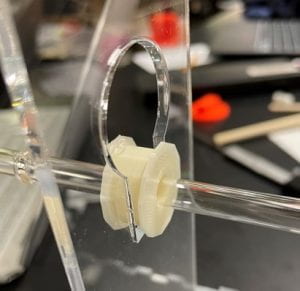
For Team PIPER, week 5 was incredibly exciting time – we found a way to attach the labia and hymen together in a way that stretches them both together accurately! We also got to experiment with darker skin tones for pigmentation, finalized the rotation lock-in mechanism for our base, transitioned to an acrylic base, and created a user testing plan.
And – most exciting – we assembled a full, high-fidelity prototype of our model!…
… Only to find that once we wiped it down with isopropanol solution just to sanitize it, it cracked and degraded before our eyes. Funny how design constraints (like easy sanitization) can sometimes seem so deceptively easy and simple to meet. We had incorrectly assumed that hard plastic, or acrylic, would be easy to just wipe down with alcohol-based wipes in a hospital setting.
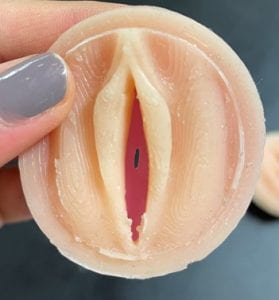
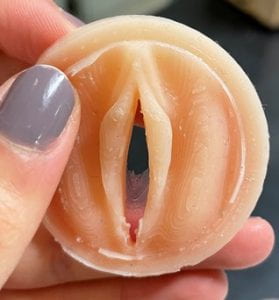
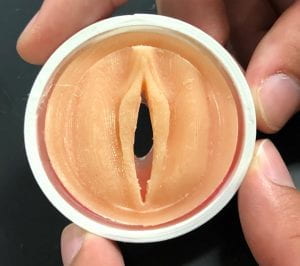
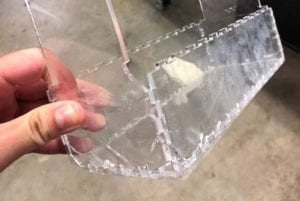
Since this past week was our last week of troubleshooting and prototyping for this internship, we decided on a temporary solution, and include suggestions for improvements in our documentation for future steps/iterations on our design. So for the meantime, we made a new acrylic base and put it together using acrylic adhesive instead of friction fitting it to reduce the chance of stress cracks, and created cleaning instructions for user testing to temporarily avoid degradation of our base.
Fortunately, we were able to assemble another full model, be it with an acrylic base! We also were able to integrate a hymen mold (for annular hymens) into the CAD mold of the labia itself, so that the labia and hymen could actually be cured together instead of attached via glue, so the attachment wouldn’t wear down over time.
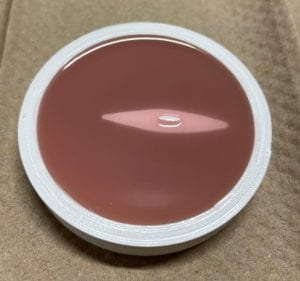
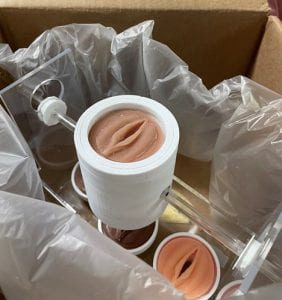
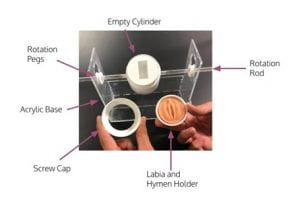
When our team sat down at the end of the week to reflect on our progress and prepare our showcase presentation, we realized that even though the week had been full of setbacks and design iterations, we had come incredibly far since the beginning of the internship five weeks ago. We went from literally nothing – no existing pediatric pelvic model – to a fully assembled, functional model that in many ways can provide a realistic simulation of a pelvic exam to clinicians in training. It’s easy to get bogged down in the details of what works and what doesn’t work, but overall I think it is important to recognize that any progress is progress.
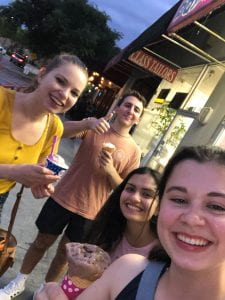
I’m really proud of how far our team has come, and for our amazing group dynamic that has helped me get through these past five weeks without getting frustrated with things that fail or don’t work. I’m glad to say I now consider my teammates Shannon, Elise, and Alex as friends, and I’m grateful we have gotten to spend a summer together working on an impactful project that we all care about equally.
-Shivani